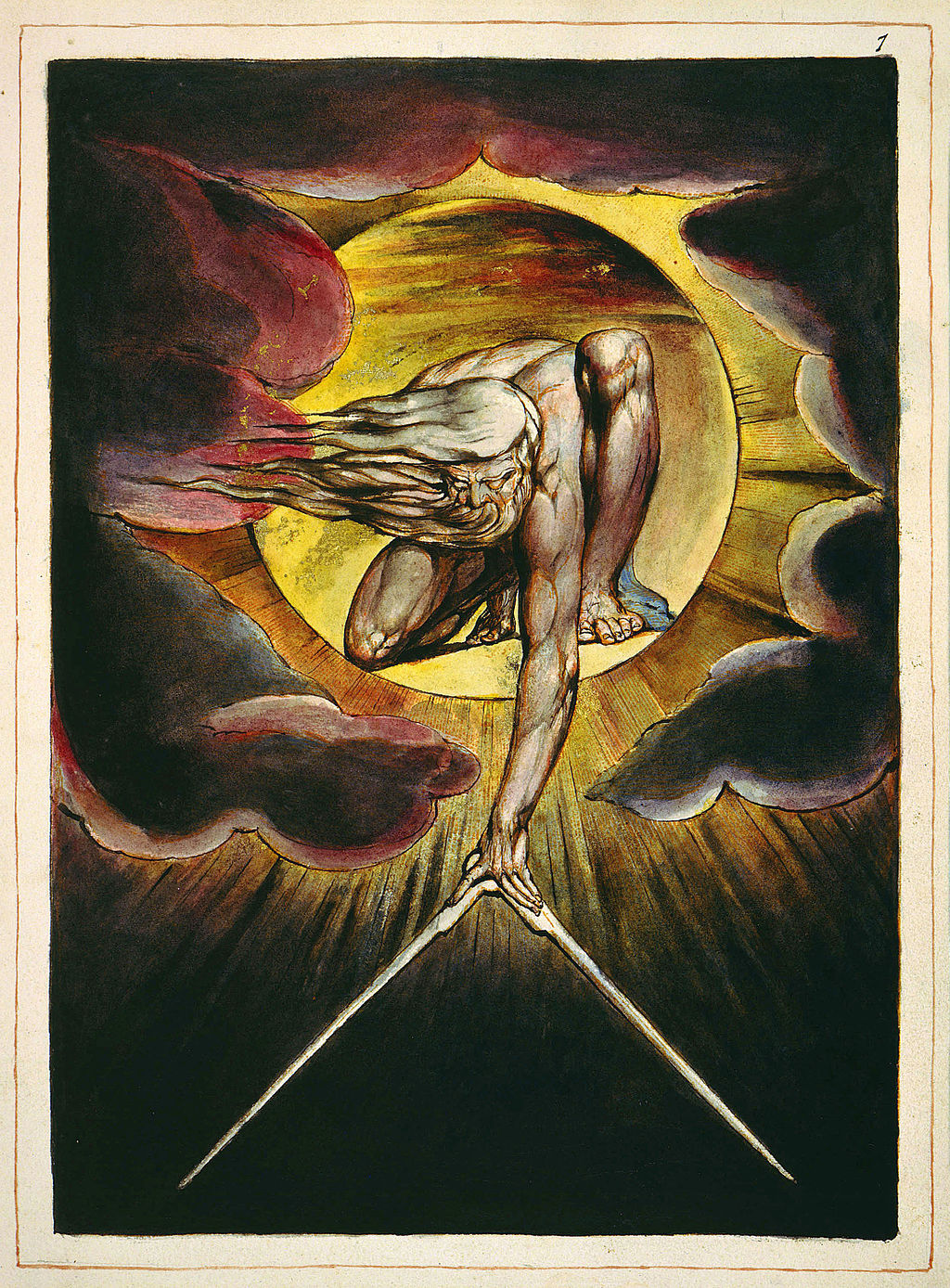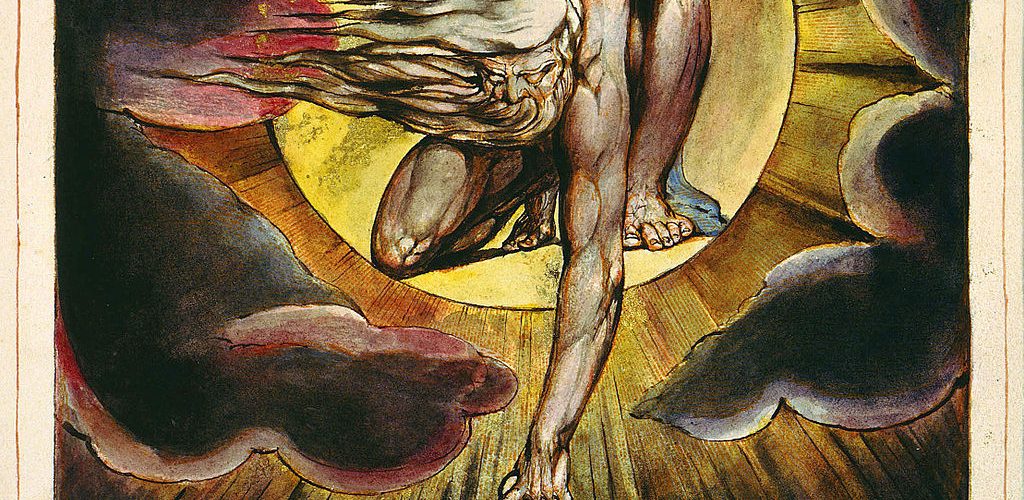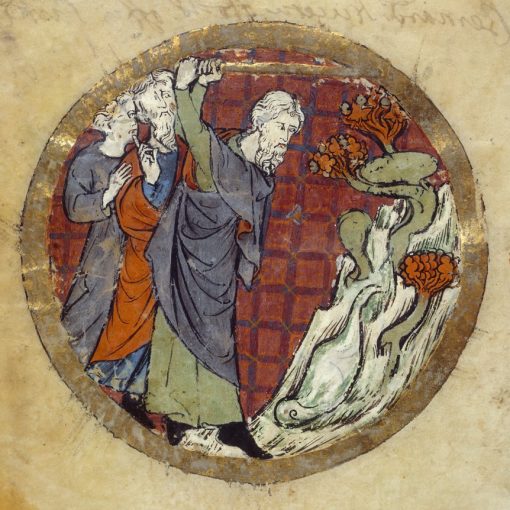This is an entry in the “Acrostic Contemplations.”
God is a word. G, O, D are letters that together make up a simple word. A simple word that can be used as an expletive, as punctuation, or as a sign representing perhaps the most complex, cryptic, concept of the divine. In Hebrew it can be expressed in both the singular אל, ‘El, and plural אלהים, ‘Elohim, yet when referring to God, it always taking the singular (third person masculine) verb in the Bible. The masculine gender is problematic for many people, those who insist on it and those who reject that the divine has gender. Language is and always will be a limiting factor in expressing our understanding of God, gendered or not. The opening chapter of the Bible uses the most broad, general term for God, אלהים. Technically the noun and the verbs associated with it are masculine, yet when God creates humanity it requires “male and female” to approximate the image of God.

God has been described as father and king, both terms are problematic in their own way (see “Fatherness“), as well as any number of other images and metaphors. I remember my first year in college a friend had a poster with “The Names of God” on it in a rainbow design. There was Wonderful Counselor, LORD [יהוה] God, King of Kings, and a bunch more. Of course, being a Christian poster, many were terms for Jesus. I think my favorite is the last (and the first, as it were), “The Alpha and Omega” (Rev. 21:6).
There is no doubt that how we conceive of God, what words, images, and concepts that come to mind, influence tremendously our perception of God. Even if we believe the Bible is the very word of God, we have to admit that the old adage that God didn’t make humanity in his image rather humanity created God in their image, is not far off the mark. This is as much true for those who view God as a divine king and judge as those who see God as an ever benevolent and merciful being. What the sometimes widely divergent and varied descriptions of God in the Bible teach us is that all of this is true. In the same way that male and female are required to reflect the image of God, no single trait or characteristic represents God fully. The entire revelation of Scripture is needed to show us even a glimpse of the nature of the Divine. Most of us do not need to refine and purify our understanding of God, but broaden our conception of God to include the fullness of God found throughout Scripture, from the narratives of the histories to the diverse Writings, which includes the Psalms, Proverbs, Lamentations, and Song of Songs. Consider how the nature and character of God is reflected in the Prophets, the Gospels, the Letters, and Revelation. It is always the same God.
God is the Father the Almighty, Creator of Heaven and Earth. God is the Father, the Son, and the Holy Spirit. God is the Ancient of Days. God is love and God is life. God is the Divine Judge and the one who, in the form of a man, gave himself on the cross to save the world from judgment. God is outside of time and space, yet present with us; always. God is Alpha and Omega, the Beginning and the End.






One thought on “G is for “God””
This is a refreshing sip of cool water.